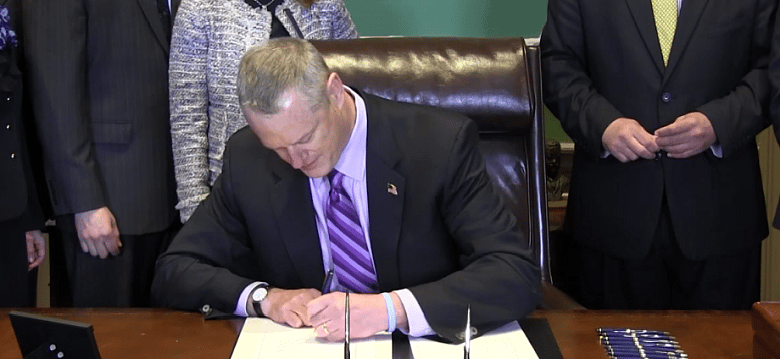Solar power bill gets Baker signature, unlocking industry

BOSTON – Lining an otherwise barren landscape by the Massachusetts Turnpike, solar panels soak up the sun's rays to create power and in many cases, feed the juice into the state's electric grid. Solar "farms" seem to be popping up everywhere, powering road signs, landing on residential rooftops and even on capped landfills.
The passive generating systems have helped communities and individual homeowners gain a bit of independence from relying on local utilities for power and can lighten tax burdens as well.

